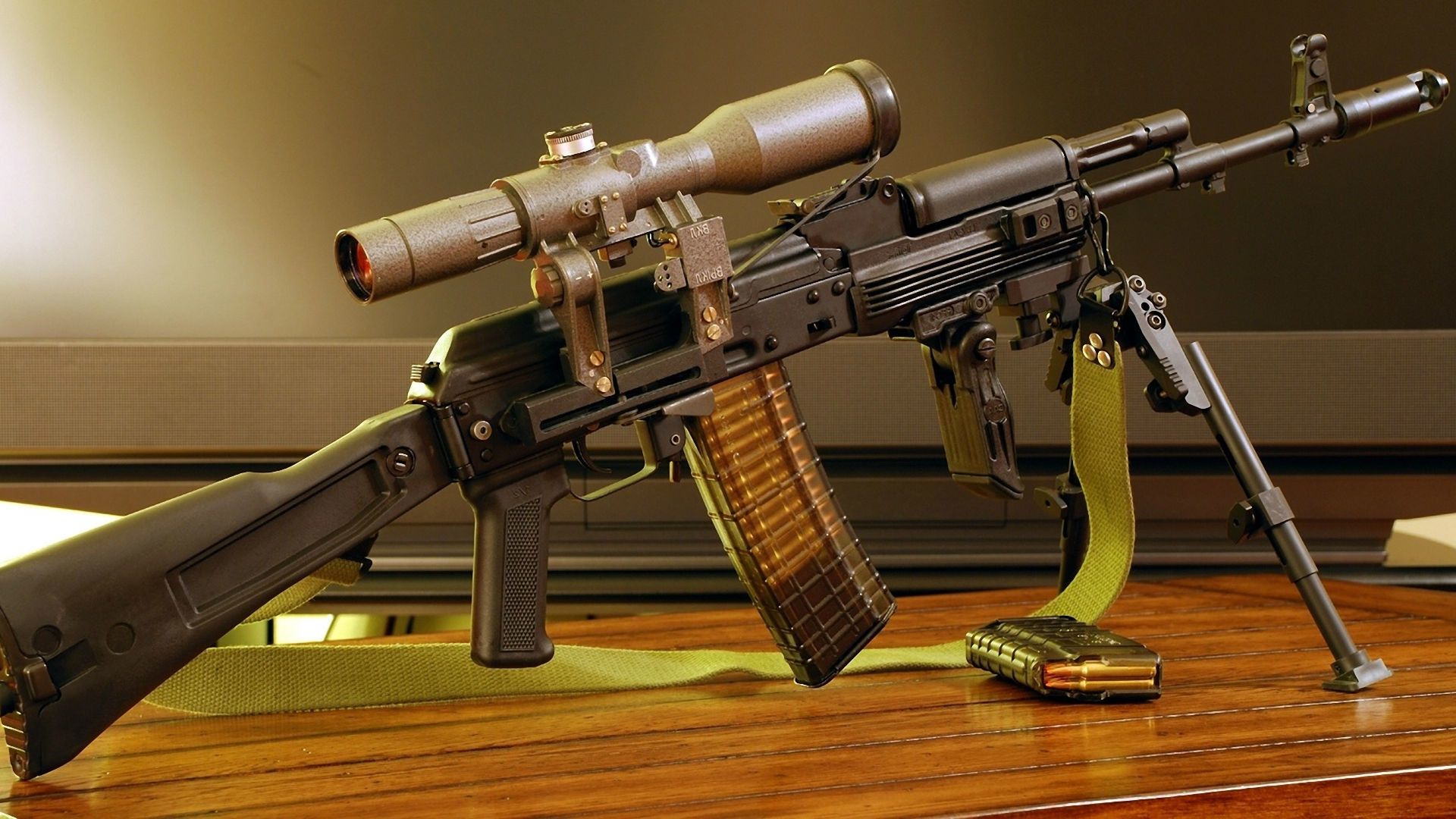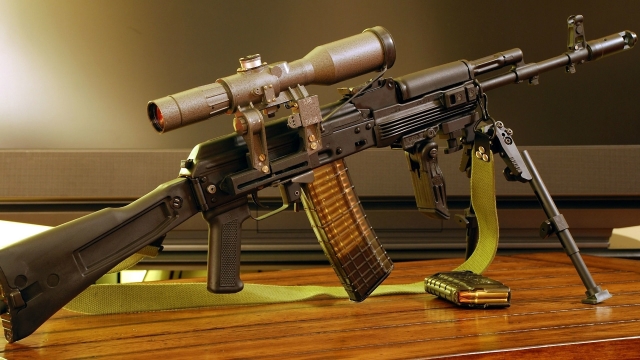Firearms have played a significant role in shaping human history. From ancient times, when early civilizations discovered the power of gunpowder, to modern times, where advanced technology has transformed the world of weaponry, firearms have become more than just tools of warfare. They have become symbols of power, protection, and even hobbies for enthusiasts.
The allure of firearms lies in their ability to propel projectiles at high speeds with deadly accuracy. With a wide variety of firearms available today, ranging from pistols and rifles to shotguns and machine guns, each type offers its own unique benefits and applications. From law enforcement agencies and militaries relying on firearms for defense and maintaining peace, to sport shooters honing their skills and engaging in friendly competitions, the world of firearms encompasses a vast array of users and purposes.
However, it is essential to approach this world with caution and respect. While firearms can serve as tools for self-defense, sport, and even recreation, they also hold immense potential for danger if mishandled or misused. Responsible firearm ownership goes hand in hand with knowledge, training, and adherence to strict safety protocols. Understanding the laws and regulations surrounding firearms is crucial to ensuring a peaceful and secure society.
In this article, we will delve deeper into various aspects of firearms, exploring their history, different types, and their impact on society. We will also touch upon the controversies and debates surrounding firearms, from gun control policies to the ethical considerations of firearm use. By shedding light on these topics, we aim to provide a comprehensive perspective on the world of firearms, allowing readers to develop a better understanding of this complex and influential subject.
History of Firearms
Firearms have a long and fascinating history that dates back centuries. From their humble beginnings as simple black powder weapons to the sophisticated firearms of today, they have played a significant role in shaping the world we live in. This section takes a closer look at the historical journey of firearms, highlighting key milestones in their development and evolution.
-
Early Origins:
Firearms can trace their origins to ancient civilizations such as China, where gunpowder was first invented around the 9th century. These early firearms, known as "fire-lances," consisted of a tube filled with gunpowder, attached to a spear-like weapon. While primitive in design, they marked the birth of a revolutionary technology that would forever change the face of warfare. -
European Renaissance:
During the European Renaissance, there was a surge in firearm advancements. The matchlock, introduced in the 15th century, was a major breakthrough as it allowed the ignition of gunpowder using a slow-burning match. This innovation led to the widespread use of firearms and had a profound impact on military tactics and strategies. -
Industrial Revolution:
The Industrial Revolution of the 18th and 19th centuries brought about significant improvements in firearm manufacturing. The development of interchangeable parts and the introduction of machine production techniques revolutionized the industry, making firearms more accessible and affordable. This era also witnessed the invention of iconic firearms like the Colt revolver and the Winchester rifle, further shaping the course of history.
From their early beginnings to the modern firearms of today, these weapons have evolved and adapted as technology advanced. The history of firearms is an intricate tapestry of innovation, warfare, and societal change, leaving an indelible mark on human civilization.
Types of Firearms
In the world of firearms, there is a wide variety of types that cater to different needs and preferences. Understanding the different types can help individuals make informed decisions when it comes to purchasing or using firearms.
-
Pistols: Pistols are handheld firearms designed to be fired with one hand. They are generally smaller and more compact compared to other types of firearms. Pistols are commonly used for personal protection, self-defense, and recreational shooting. They come in various calibers and can have different action types, such as single-action or double-action.
-
Rifles: Rifles are long-barreled firearms designed to be shouldered when fired. They offer improved accuracy and longer effective range compared to pistols. Rifles can be categorized into different types based on their action mechanism, such as bolt-action, lever-action, or semi-automatic. They are commonly used for hunting, target shooting, and military or law enforcement purposes.
-
Shotguns: Shotguns are firearms that are designed to fire shells filled with multiple projectiles, commonly known as shot or pellets. They have a smooth bore barrel and are often used for hunting birds and small game, as well as for sport shooting activities like clay pigeon shooting. Shotguns can also be adapted for home defense purposes, using specialized ammunition like slugs or buckshot.
Each type of firearm mentioned above has its own unique characteristics and purposes. It is important for firearm enthusiasts and those interested in firearms to have a good understanding of these distinctions to ensure safe and responsible use.
Current Regulations on Firearms
In today’s world, firearms are subject to various regulations and restrictions in order to ensure public safety and prevent misuse. These regulations differ from country to country and are often shaped by historical, cultural, and political factors. Let’s explore some of the current regulations on firearms found around the world.
-
Background Checks and Licensing: Many countries require individuals to undergo thorough background checks and obtain a license before they can legally own a firearm. This process often involves a review of criminal records, mental health history, and personal references. By implementing such measures, authorities aim to prevent firearms from falling into the wrong hands and minimize the risks associated with gun ownership.
- Learn How
Restricted and Prohibited Firearms: Certain types of firearms, such as fully automatic weapons or firearms with large capacity magazines, are often classified as restricted or prohibited in many jurisdictions. These designations are meant to regulate access to weapons that have a higher destructive potential or pose a greater risk to public safety. By placing limitations on the availability of these firearms, governments aim to prevent their misuse and reduce the likelihood of mass shootings or other violent incidents.
-
Storage and Transportation Requirements: To ensure safe and responsible firearm ownership, many countries enforce specific storage and transportation regulations. These requirements typically mandate that firearms be securely stored in locked containers or safes when not in use, and that they be transported properly, often in dedicated cases or with certain safety mechanisms engaged. These measures aim to prevent unauthorized access to firearms and reduce the risk of accidents or theft.
By implementing these and other regulations, governments aim to strike a balance between protecting public safety and recognizing the rights of individuals to own firearms. It is important for citizens to be aware of, understand, and comply with these regulations to ensure the safe and responsible use of firearms in society.

